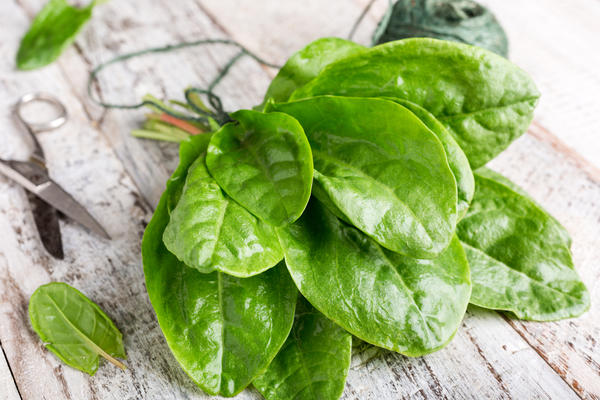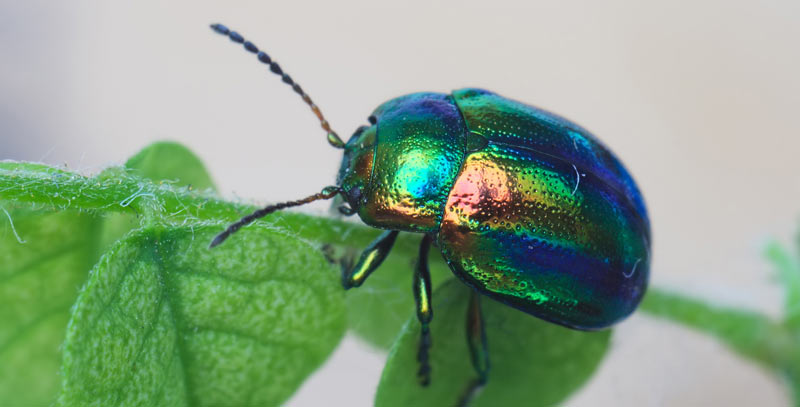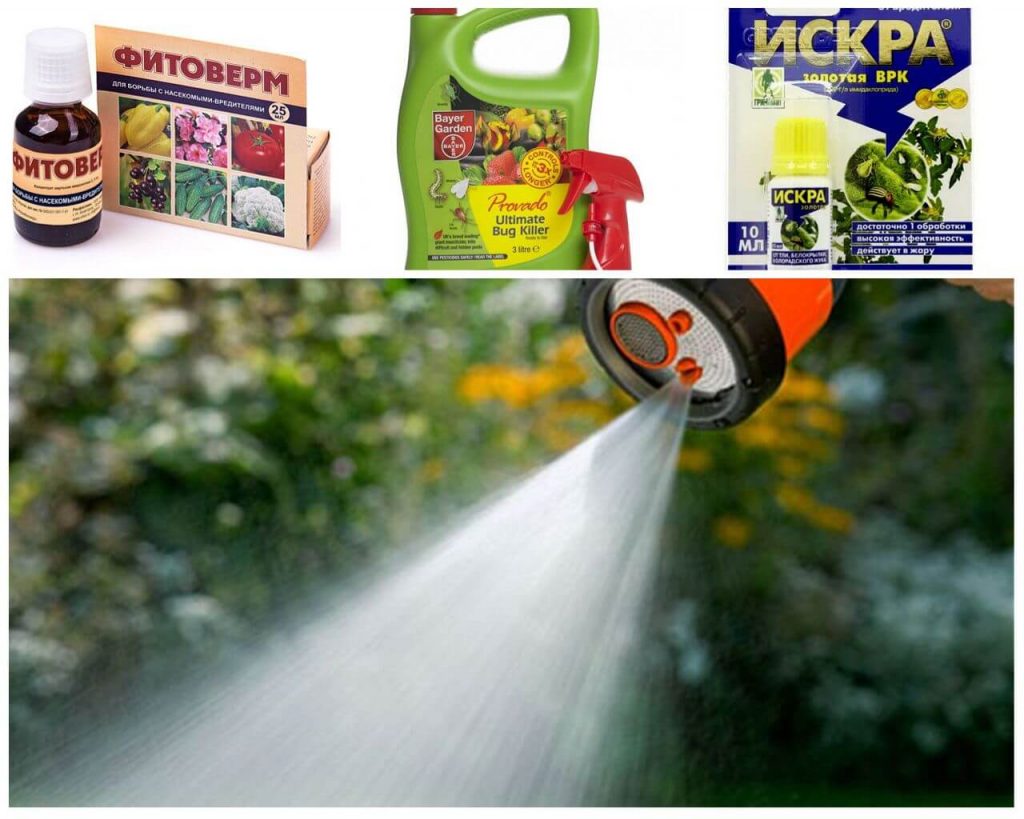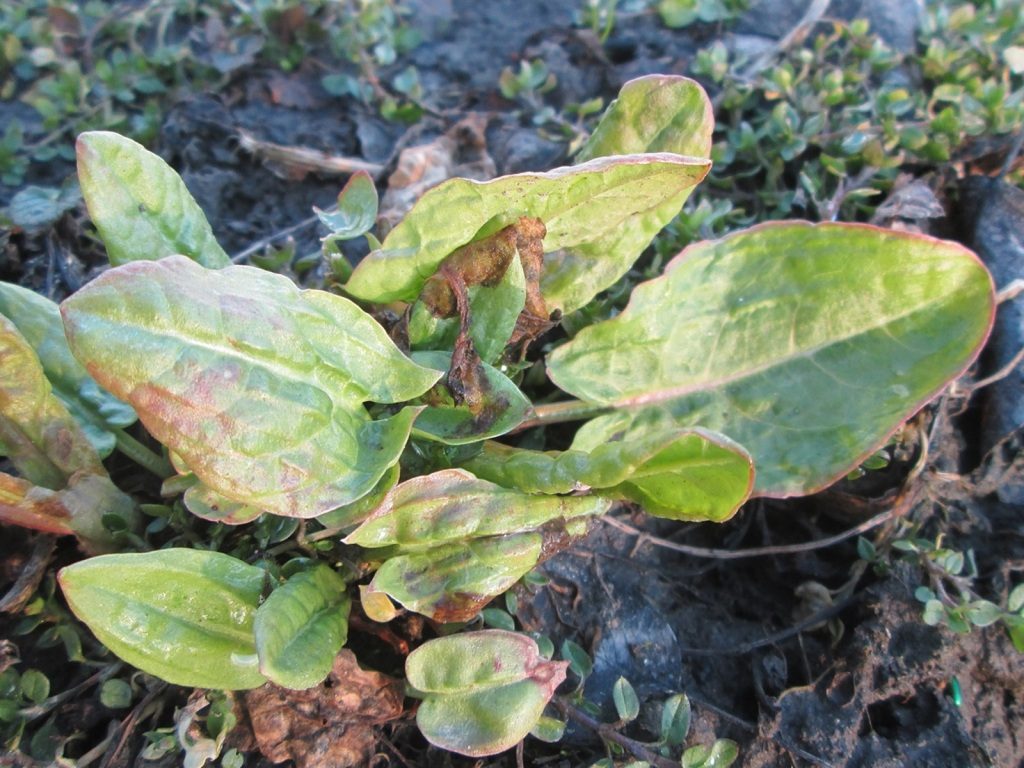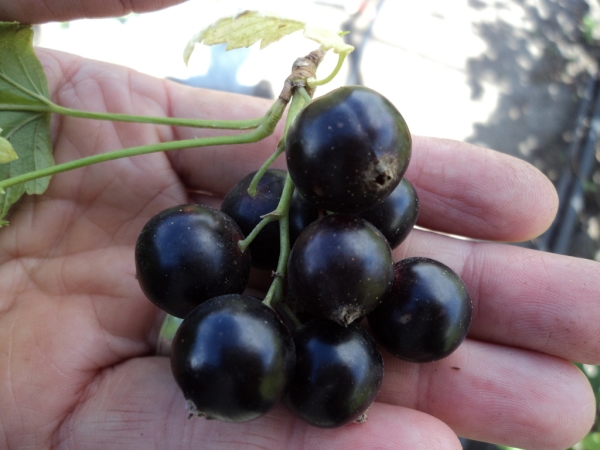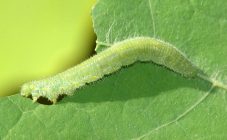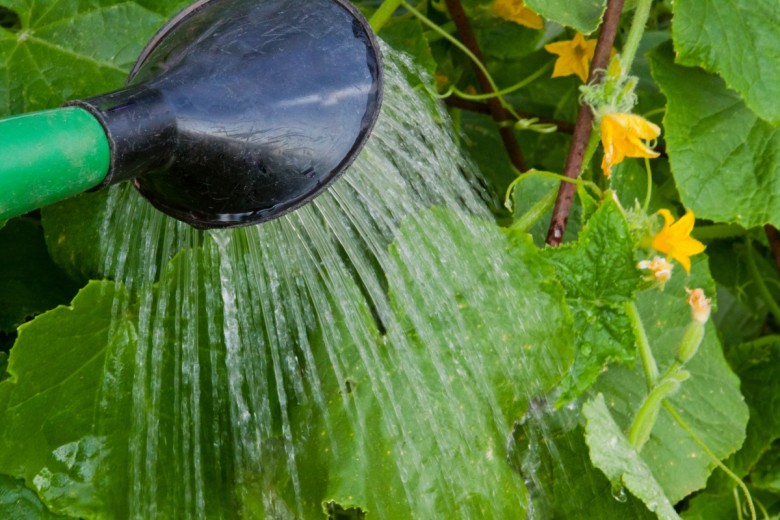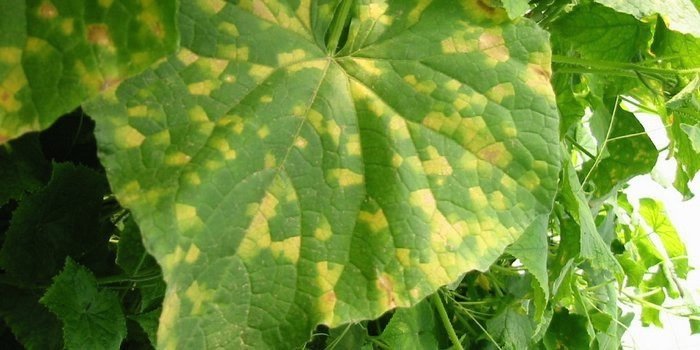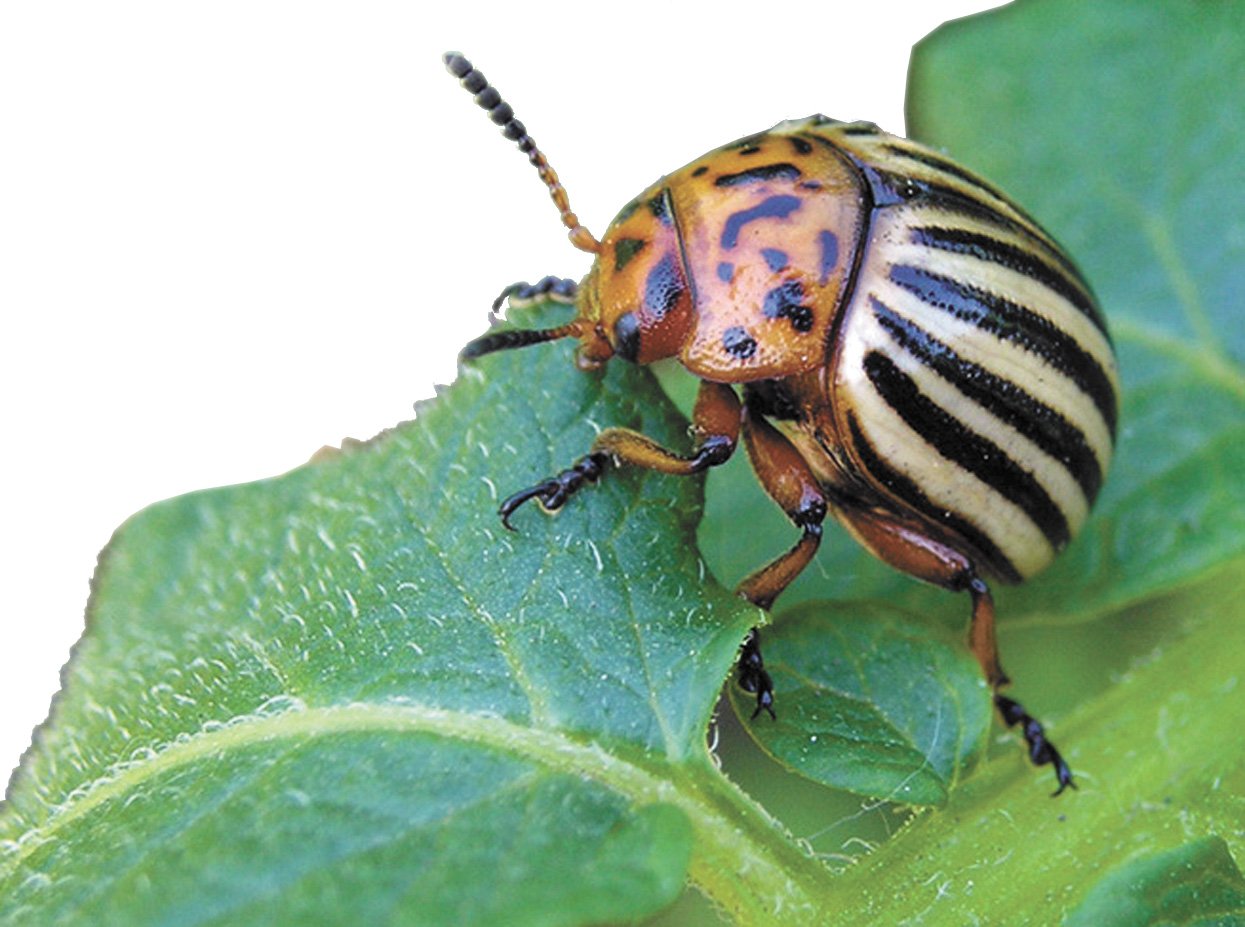Content:
Delicate juicy sorrel greens appear in the garden in spring one of the first, so summer residents love it very much. Many are surprised when this culture is affected by diseases and pests, because the taste of the leaves is sour and quite specific. However, insects feed on sap, and flavoring nuances do not matter to them.
Sorrel pests
The main pests of sorrel are small greenish fireflies that are almost impossible to see with the naked eye. But if holes appeared on the leaves, then, most likely, a sorrel leaf beetle settled on them. These green beetles on sorrel can eat the entire plant completely, leaving only the stem, because it is too thick and tough for them. An adult insect grows to a maximum of 0.6 cm; in sunlight, its back can shine with a metallic green-yellow color. Beetles wait out the winter underground, and with the onset of heat they crawl out to the surface. The breeding season falls on the last decade of May - the first decade of June. The laid eggs are orange in color. The larvae appear in less than a week and immediately begin to actively absorb the plants. If adult fleas make small holes in the leaves, then the colonies of larvae eat it completely up to the trunk.
In 1.5 weeks, the larvae gain strength and crawl into the soil, where they are transformed into a young generation of green insects. The newly formed adults again crawl out and lay the larvae. Thus, at least 3 generations of the leaf beetle are replaced in one season. In order not to completely lose the crop, you need to quickly take action and decide how to get rid of the green bugs on the sorrel.
In addition to the leaf beetle, sorrel is destroyed by such pests as:
- Aphid. It migrates to greens from trees when the leaves lose their juiciness. It lives on the back of the leaves, sucking sap. As a result, dry areas appear on the leaf, up to the complete drying of the leaf plate;
- Sawfly. The larvae of these large moths eat the leaves up to the skeleton. They actively reproduce and destroy leaves throughout the season until autumn;
- Winter scoop. A fairly large butterfly, which begins to eat leaves in May, feeds on stems in autumn. You can make a bait against it by hanging a trap with molasses and fermented liquid over the garden bed;
- The wireworm destroys sorrel both on the ground and underground. If he lacks the deciduous part, he crawls deeper into the soil and eats the roots.
Sorrel processing
Before treating sorrel from green bugs, it is necessary to competently take care of the crop, because sorrel, like other plants, needs to follow the rules of cultivation.
Care rules
First of all, you need to properly process the soil. The vast majority of diseases and pests hibernate in the ground, so in the fall, before the onset of frost, it is necessary to dig up the aisles without breaking lumps, since they freeze through, which means that insects will not survive the winter. Throughout the summer cottage season, from early spring to the end of the harvest, you need to loosen the ground to interfere with the beetles. At the end of summer cottage work, all garbage (roots, grass, remnants of sorrel) must be removed from the garden, since adults can also live on them.
Compliance with crop rotation plays an important role. You need to change the place every 3-4 years. Good precursors for sorrel are early kale and potatoes, lettuce, spinach, and radishes.You can also cultivate flower beds or garlic near sorrel. Their persistent aromas ward off pests. It is also noted that it is quite simple to protect sorrel from leaf beetles by planting it in the shade. These beetles are much more active in the sun.
Pest control chemicals
There are a lot of options on the market for treating sorrel from pests. The chemicals will definitely have a positive effect, and the sorrel will get the long-awaited disposal of pests.
You can only protect yourself from the effects of poisons by waiting for a period of complete decay. It lasts 1 month. But here another nuance arises, because young leaves are considered optimal for eating, in which a large amount of oxalic acid has not yet accumulated. If you wait a month, the sorrel will be safe for your health, but the leaves will no longer be in perfect shape.
A solution of pyrethrum (200 g per 10 liters of boiling water, leave for 12 hours) and the drug Maxim (prepared according to the instructions) are considered proven insect repellents. The prepared solution must be sprayed onto the greens through a spray bottle. After two days, all sorrel must be cut off and destroyed.
Another effective chemical is prepared from 15 g of anabasine sulfate dissolved in 1 bucket of water with the addition of soap. It is recommended to insist the tool for several hours, then it is necessary to generously spray the sorrel bed. Processing is carried out in the fall after the final harvest, so as not to touch the sorrel until spring. The solution can be applied twice if necessary.
Diseases and their prevention
In addition to the fact that insects can attack sorrel, the plant is often affected by various diseases of a fungal nature. The following infections are most common:
- Powdery mildew (false) affects only plants of the first year of planting. It actively develops in high humidity conditions. The leaves become wrinkled and twisted, thicken noticeably. Preventive measures against the disease are regular weeding and loosening of row spacings, as well as removal of suspicious leaves. With the development of the disease, it is recommended to spray sorrel with Bordeaux liquid;
- Rust externally is a collection of yellow bubbles on the leaves, when they burst, fungal spores multiply. You can successfully fight this disease using preventive methods: in the fall, carefully remove the remnants of leaves from the garden, dig up the soil. After spring preparation of the soil, it is recommended to mulch with peat. Most often, the disease spreads at low summer temperatures. It is rust that may be one of the reasons why the leaves of sorrel turn red;
- Rot (gray) most often occurs when plants are too densely planted. As the leaves grow, they begin to touch each other. This worsens air exchange, and increases the moisture between the soil and the lower part of the leaves. As a result, burgundy weeping spots appear on the leaves, which, as they develop, lead to rotting of the entire plant. Rot is another reason why sorrel turns red. Preventive control measures are more sparse sowing and placement of the beds in a well-lit area with shade from the midday sun.It is possible to regulate the moisture content of the upper soil layer by mulching;
- Spotting. There are several varieties of this fungus, but they all differ only in the size and color of the spots: from small blotches to extensive brown areas. If you remove weeds and leaves from the garden in a timely manner, as well as loosen the soil, then the disease can be prevented. In the fall, a garden bed with sorrel can be mulched with humus. This allows not only to protect against fungus and freezing temperatures, but also to additionally feed the plant.
Folk remedies
- Covering the beds in early spring with material or foil. This method will not remove the beetles, but will produce young sorrel that is not affected by pests. After removing the protection, insects will spread through the leaves, but the most useful crop by that time will have already been harvested;
- Removing insects by hand. Since the beetles are very small, it is best to pluck the leaves completely and dispose of them. The same can be done with the larvae. This is a very difficult job as it requires patience and diligence;
- Destruction of masonry by a stream of water. Adults will not disappear after spraying with a powerful jet of water, and some of the small larvae will die;
- Respect for the neighborhood. When planning plantings, it should be borne in mind that there should be no plants near the sorrel that are affected by the same insects and pests (for example, rhubarb and mustard crops);
- Dusting with tobacco and wood ash. Before the procedure, it is necessary to cut off all the sorrel, weed out the weeds and clean up the territory. After that, you can sprinkle the ash in a generous layer. Within a few days, new growth without pests will hatch. Burning dusting can be used against the leaf beetle. To do this, add mustard powder and ground pepper to the ash;
- Spraying with infusions. As the basis of the infusion, you can use garlic (0.5 kg per 3 l of water) or tobacco (0.5 kg of dried leaves per 10 l of water). The tobacco solution is infused for only a few hours, and the garlic solution - up to 3 days. After that, it is necessary to dilute the concentrate: garlic - 100 g per 10 l, tobacco - 3 l per 3 l. For better adhesion of the solution to the surface of the sheet, it is recommended to add soap. The finished solution is applied abundantly through a spray bottle. The procedure can be performed every 5 days;
- An ancient folk remedy for slugs is a wooden board. It is placed in the furrows or aisles, in the morning the board can be removed. A lot of slugs will accumulate on the lower side;
- A good prevention against aphids is the treatment of the leaves with a soapy solution. The remedy has an effect only as a preventive measure, if insects have already appeared on the sorrel, then the soap solution will be useless.
Sorrel grows and renews itself very quickly. Even if it was attacked by insects, or a fungus has started, you should not immediately resort to drastic measures such as chemical treatment. You can always just mow the infected foliage, and in a week a young healthy growth will appear, which needs to be provided with high-quality care. Preventive measures and folk remedies in tandem are very effective and, moreover, safe for humans.
